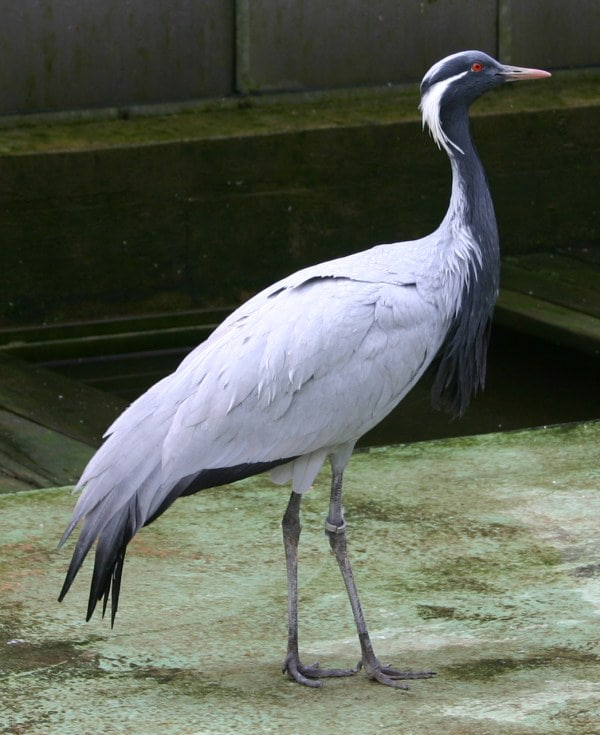
According to the results of the first stage of the project to preserve the demoiselle crane (Anthropoides virgo), ornithologists have recorded only a few pairs of birds listed in the Red Book of the Russian Federation on the Astrakhan right bank. The reasons for the decline in the species' numbers are long-term drought and poaching along migration routes.
The results of the first stage of the project to preserve the demoiselle crane were summed up by ornithologists from the Severtsov Institute of Ecology and Evolution Problems of the Russian Academy of Sciences (IEE RAS), the Nature and People Foundation, and the World Around You Foundation of the SiberianWellness company. In April, ornithologists examined demoiselle crane nesting sites on the Astrakhan right bank in the Chernoyarsky, Yenotayevsky, and Narimanovsky districts of the Astrakhan Region. Scientists encountered only two pairs of nesting cranes, and local residents reported seeing several pairs. The results confirm that the demoiselle crane, listed in the Red Book of the Russian Federation, is disappearing in the European part of Russia at an alarming rate.
Ornithologist, expedition participant, head of the laboratory for biodiversity conservation and bioresource use at the Institute of Ecology and Evolution of the Russian Academy of Sciences Valentin Ilyashenko is confident that while demoiselle cranes could adapt to climate change or agricultural practices, as was the case in the last century, it is hunting in Saudi Arabia that has a very strong impact on populations. "No less than a thousand cranes are hunted annually per season," the scientist stated. According to him, farmers in the Astrakhan Region are understanding of the scientists' request to install low drinking bowls, which are used by demoiselle cranes in addition to lambs.
Following the first stage of the expedition, specialists also noted a large amount of plastic film near melon plots, especially near the canals running from the Volga in the Chernoyarsk district on the border with Volgograd. Many plots are contaminated with plastic waste. By the end of autumn, ornithologists plan to study nesting sites of demoiselle cranes in the Saratov and Volgograd regions, Kalmykia and Dagestan.
